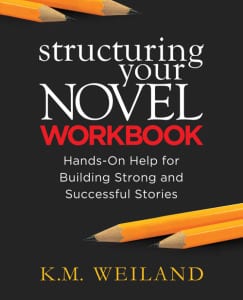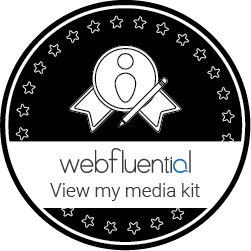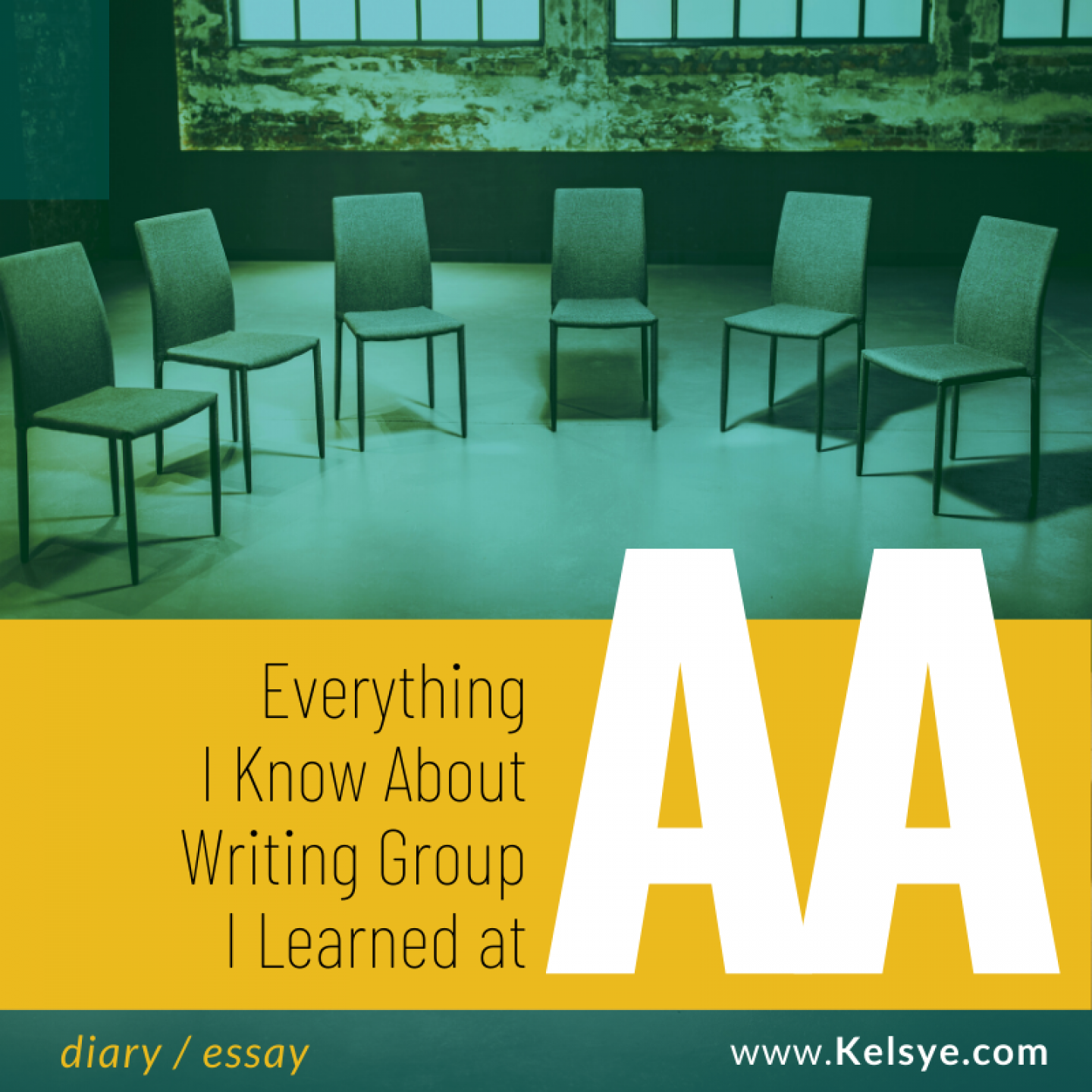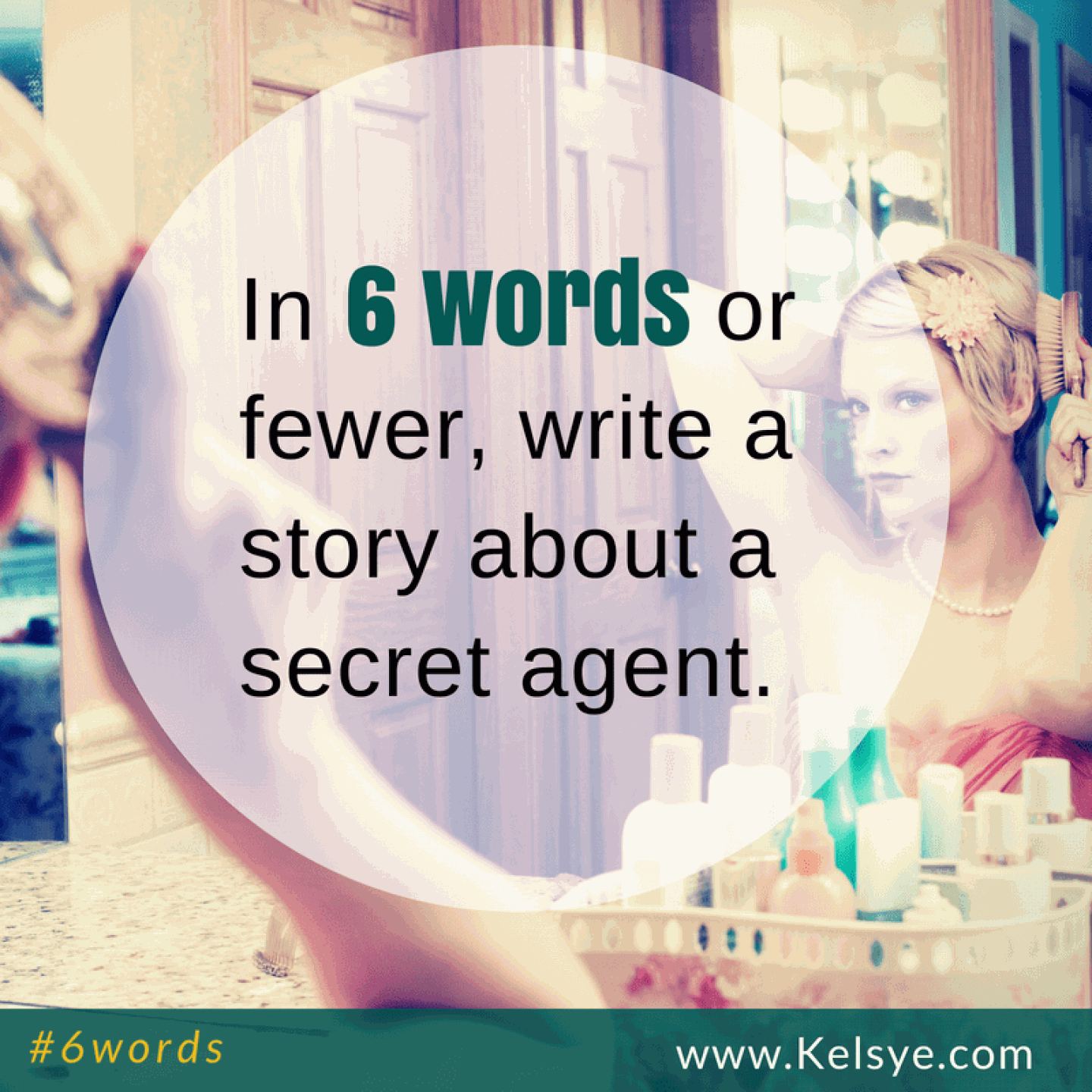
My first novel took me ten years to complete. I wrote vivid scenes and character musings until I had amassed a grand collection of literary excellence - also known as a vicious, confusing mess with no cohesive plot arc, obscure motivations and ice burg pacing. Ahem.
Unable to keep all those scenes organized in my head through magical willpower, I realized I had to make an outline, perhaps even write a synopsis. Plugging the work I had already completed into a new structure caused a great deal of stress and frustration. Not fun at all. However, If didn't try an outline, all that heart-felt work would still be sitting in a sad stockpile of neglected word files instead of a nicely edited manuscript ready for my agent to send it its way. Better late than never.
My second time around, I implemented a tip I learned from Elizabeth George. I started with a three page synopsis, used that to craft an outline, then built the structure into Scrivener so that I simply needed to write my way through each scene card. World of difference. I wrote my second book in a MONTH. (Thank you NaNoWriMo.) My story arc is strong, my character motivations gut-wrenchingly clear and my plot wicked fast. I am now singing the outlining, structuring gospel!


K. M. Weiland has generously agreed to share an excerpt from her structuring novel with us. Yes, she's one of those authors will share parts of her books for free while at the same time selling them to make a living. You can see why I like her.
So, for your writing pleasure and betterment, I present K. M. Weiland chapter on foreshadowing from Structuring Your Novel Workbook.
Excerpt From the Structuring Your Novel Workbook
Foreshadowing
The first quarter of the book is the place to compile all the necessary components of your story. Anton Chekhov’s famous comment that “if in the first act you have hung a pistol on the wall, then in the following one it should be fired” is just as important in reverse: if you’re going to have a character fire a gun later in the book, that gun should be introduced in the First Act. The story you create in the following acts can only be assembled from the parts you’ve shown readers in this First Act.
Foreshadowing comes in two varieties: heavy and light.
Heavy foreshadowing plants a solid clue of what’s to come later on. This kind of foreshadowing needs to happen early in the book. Your First Major Plot Point needs to be foreshadowed in your first chapter. Optimally, your Climax will also get a dab of foreshadowing early on. All the other major plot points need to be foreshadowed in the first half of the book—and preferably the first quarter.
Examples:
- In the first chapter, Ender’s brutal, do-whatever-it-takes mentality in fighting off the school bully foreshadows his reactions to further bullies at the First Plot Point and Third Plot Point—and his final battle with the Formic aliens in the Climax. (Ender’s Game by Orson Scott Card)
- The opening line stating, “Marley was dead, to begin with. There is no doubt whatever about that…. This must be distinctly understood, or nothing wonderful can come of the story I am going to relate,” foreshadows Marley’s ghostly return at the First Plot Point. (A Christmas Carol by Charles Dickens)
Light foreshadowing is where you remind readers of the previous heavy foreshadowing. It happens just prior to the foreshadowed event itself. This foreshadowing will almost always be applied with a much lighter touch. A little tension or foreboding or a glimpse of a symbolic motif may be all you need to poke your readers wide awake and warn them that the something big they’ve been waiting for is about to happen.
Examples:
- Ender’s clash with the bully Bonzo at the Third Plot Point is foreshadowed through tone, pacing, and the inevitable progression of Bonzo’s attitude throughout the story.
- Just before Marley’s appearance, Scrooge sees Marley’s face in the door knocker.
Whether you plan your foreshadowing ahead of time, allow it to emerge organically as you write, or return to reinforce it during revisions, a solid understanding of story structure will help you plan it to its full advantage.
In the first column below, list all important characters, settings, activities, props, or events that will occur later in the story. In the second column, write ideas for foreshadowing these elements in the First Act. As you continue to fill out your structure, return to this section to note elements that should or can be foreshadowed in the first draft.







